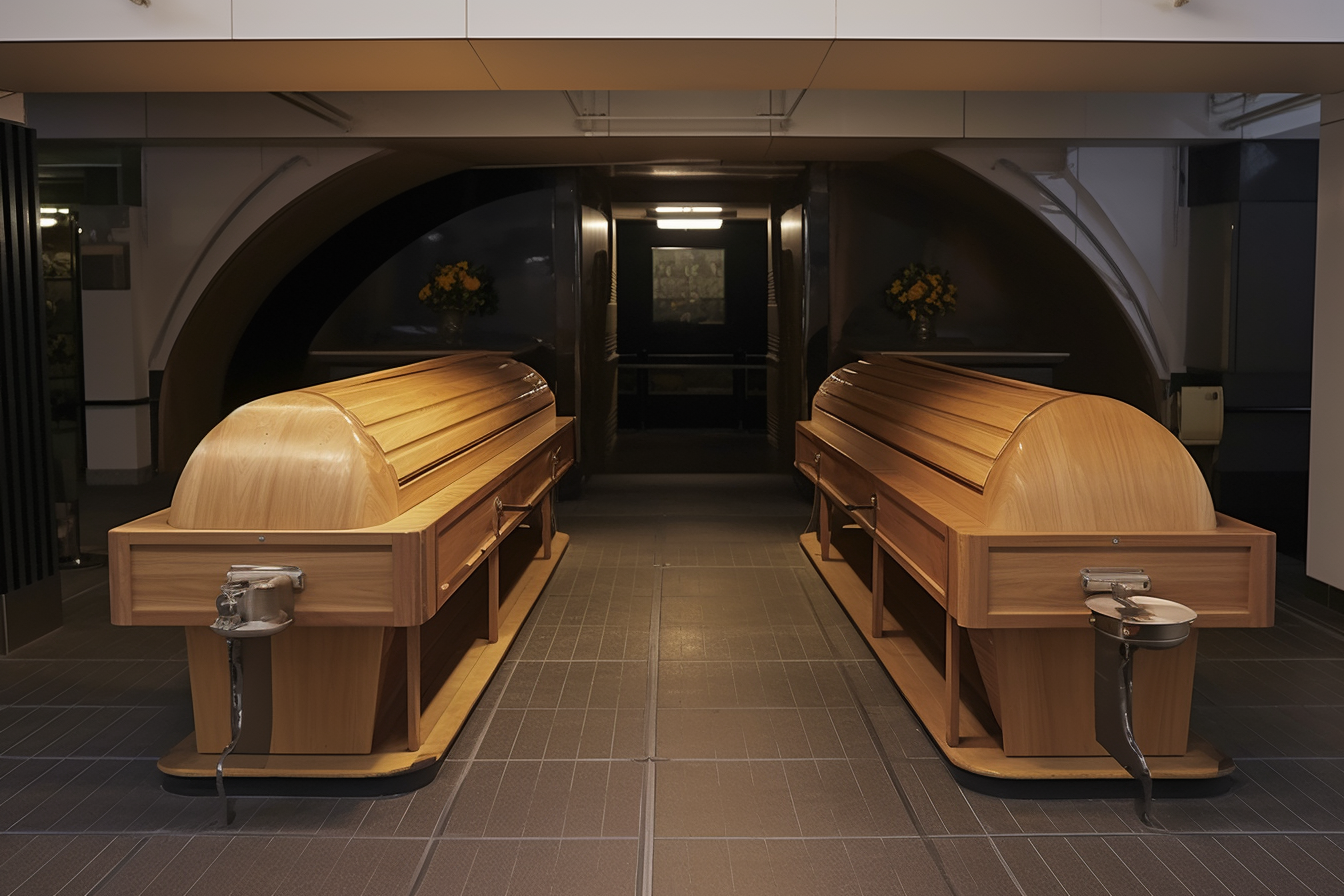Understanding the Cremation Process: Step-by-Step Guide
Cremation has become an increasingly popular choice for end-of-life arrangements in recent years. This process, which involves the reduction of a body to its basic elements through high heat, offers a different approach to traditional burial. For those considering cremation or simply seeking to understand the process better, this guide provides a comprehensive overview of what happens during cremation, from start to finish.

What Really Happens Before Cremation?
Before the actual cremation takes place, several important steps occur. First, the deceased is identified, and all necessary paperwork is completed. This includes obtaining a death certificate and cremation authorization from the next of kin. The body is then prepared, which may involve removing any medical devices or implants that could be hazardous during the cremation process. Personal items, such as jewelry, are typically removed and returned to the family. The body is then placed in a cremation container, which is usually a simple, combustible casket or a rigid cardboard box specifically designed for cremation.
How Is the Cremation Process Carried Out?
The cremation itself takes place in a specially designed furnace called a cremation chamber or retort. The container with the body is placed into the chamber, which is then sealed. The temperature inside the chamber is raised to between 1,400 and 1,800 degrees Fahrenheit. At this extreme heat, the body and container are reduced to bone fragments and ash. This process typically takes two to three hours, depending on factors such as body size and the type of cremation chamber used.
What Happens After the Cremation Is Complete?
Once the cremation is complete and the chamber has cooled, the remaining bone fragments are carefully removed. These fragments are then processed into a finer consistency, resulting in what is commonly referred to as “ashes.” The ashes are placed in a temporary container or an urn if one has been provided by the family. The cremated remains are then returned to the family or designated representative, who can decide how to handle them, whether through scattering, burial, or keeping them in an urn.
How Long Does Cremation Take?
The entire cremation process, from the time the body arrives at the crematorium to when the ashes are ready for collection, typically takes about 3 to 5 hours. However, the actual time in the cremation chamber is usually between 2 to 3 hours. It’s important to note that this can vary depending on several factors, including the size of the body, the type of cremation chamber used, and the specific procedures of the crematorium.
What Are the Legal Requirements for Cremation?
Legal requirements for cremation can vary by location, but generally include obtaining a death certificate, cremation authorization form signed by the next of kin, and sometimes a permit from the local health department. There may also be a mandatory waiting period between death and cremation, which can range from 24 to 72 hours, depending on local laws. It’s crucial to work with a licensed funeral director or crematorium to ensure all legal requirements are met.
Cremation Service Providers and Costs
Cremation services are offered by a variety of providers, including funeral homes, dedicated crematoriums, and memorial societies. The cost of cremation can vary significantly depending on the services chosen and the provider selected.
| Service Type | Provider Type | Estimated Cost Range |
|---|---|---|
| Direct Cremation | Crematorium | £1,000 - £1,500 |
| Cremation with Viewing | Funeral Home | £2,000 - £3,500 |
| Cremation with Full Service | Funeral Home | £3,000 - £5,000 |
| Green Cremation | Specialized Provider | £1,500 - £2,500 |
Prices, rates, or cost estimates mentioned in this article are based on the latest available information but may change over time. Independent research is advised before making financial decisions.
Direct cremation, which involves cremation without a viewing or ceremony, is typically the most affordable option. Full-service cremation, which may include a viewing, ceremony, and more elaborate urn or casket, will be at the higher end of the price range. Additional costs may include transportation, death certificates, and urn selection. It’s advisable to obtain quotes from multiple providers to compare services and costs.
Cremation offers a flexible and often more affordable alternative to traditional burial. By understanding the process, legal requirements, and cost considerations, individuals and families can make informed decisions about their end-of-life arrangements. Whether choosing cremation for personal, environmental, or financial reasons, it’s important to work with reputable providers and to communicate openly with loved ones about preferences and plans.




